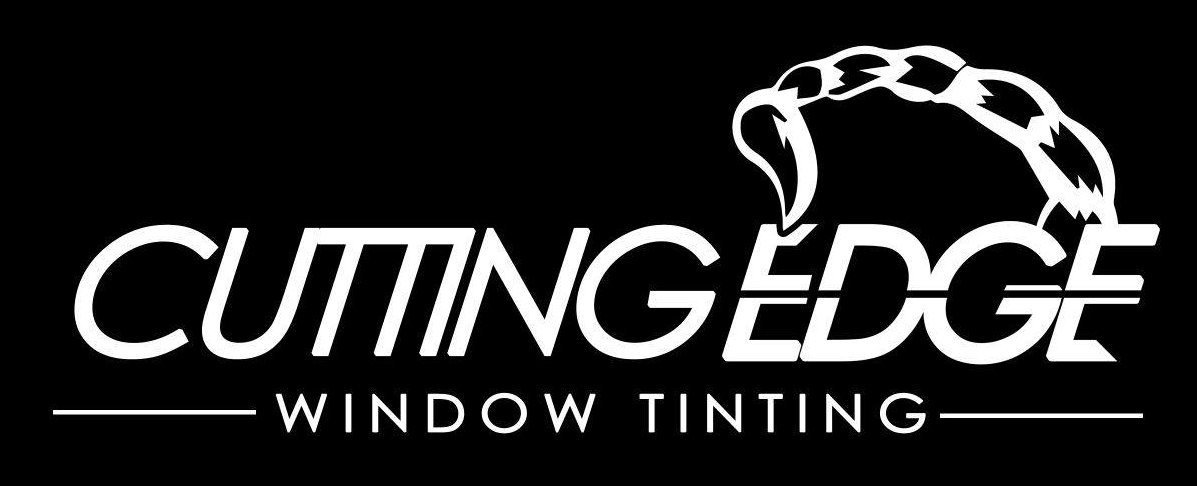What is the Legal Limit For Window Tint?
In California, the lawful window tinting limit is 70% luminous transmittance. This is a good start limit as it makes tints appear natural. However, it does not always meet the requirements in other states. In fact, some states are more stringent than others and don't allow tints on windows of any kind in any way. If you live in one of these states, please read the following.
https://www.cuttingedgewindowtinting.co/
South Carolina
The South Carolina window tint regulations do not permit the use of films that has a higher VLT than 20 percent. However, the legal limit for window tint is slightly more for vehicles with greater tint than this. South Carolina permits up to twenty percent tinting for MPVs' back windows, unlike other states. The dark film is able to be used on all windows, except the front. It is also unlawful to use tints that are brighter than a normal window regardless of the manufacturer's recommendations.
The darkest tint that windows can be permitted in South Carolina is 27%. The windshield may also be tinted on the sides and rear windows, as well as the upper three inches. This film could offer UV protection and reduce glare, as well as privacy advantages. Although the tint is non-reflective , it is not able to block visible light from entering your vehicle. For instance, according to the Newberry Observer reports, law enforcement stopped people in Prosperity, SC, for driving with dark tints on their windows.
New York
The legal limit in New York for window tints is based on the vehicle type and the amount of light it will block. Passenger cars must meet 70 percent of the minimum standard. Multipurpose vehicles (also known as passenger cars) must comply with stricter standards. These include having a less powerful engine than ten horses and a truck chassis or bus chassis, special features that allow for occasional off-road activities and additional features. These vehicles can't contain more than 70 percent of their window space coated with film.
Most states allow tinting of windows, however New York is different. Check with your state's DMV website for specific limitations. The right tint can prevent you from receiving tickets or getting fined. If you want to tint your windows you can also enjoy reduced the glare and more privacy. You don't have to worry about it as long as you stick to the limitations. These laws don't apply to commercial structures It's a good idea to check with the DMV in your area to make sure you're adhering to the rules.
Virginia
Be aware of the Virginia legal limits for window tinting. There are guidelines and restrictions applicable to all states. If you're aware of the limitations, it is easy to stay out of danger. If you have questions you should consult the Virginia Department of Motor Vehicles. You can use their online resources to determine the limits and what you are allowed and are not allowed to do.
Virginia's window tint laws can be very strict. If you are stopped by the police for tinted windows, then you are guilty of a Class 3 misdemeanor. Window tints must be removed in addition to paying fines. Repeat offenders could face jail time. Fines start at $96. You can avoid paying these fines by providing proof that your vehicle was taken away or repaired.
Georgia
The regulations governing window tinting are different from state to state. Georgia's tinting regulations require that the tint should be at an appropriate amount to block glare from windows but not so high that it blinds drivers who are in front. Furthermore, Georgian tint laws do not define a particular amount of tint for side mirrors. A lot of people are curious about what tint is acceptable in Georgia and what are the legal guidelines. Here are the facts.
Georgia law mandates that tints for the front and rear windows must not be lower than 32% VLT. For windows on the rear the tint can be tinted up to 32% VLT or more but they aren't darker. You can tint your windshield at a minimum of six inches, but you are unable to tint your side windows any lower. You must select the tint that allows more light than 32% VLT.
Missouri
Different shades of tinting are offered for windows of different sizes. Your front windshield must have no tinting. But, your rear and passenger side windows may have tinting up to 35 percent. The amount of tint on your back and passenger side windows should not be more than 20 percent, but. It is not legal to tint the front and rear windows with greater than 35 percent of the window area.
Window tints can be utilized in your car to provide privacy and heat reduction. Missouri law sets a minimum level of reflection for both side and front windows, which cannot exceed 35 percent. This means that even most modestly tinted windows can reduce heat and glare much more effectively than windows that are fully protected. Before tinting your windows it is crucial to research your local laws.
|
Phone +18474292479
|
|
| Address |
408 Brook St, Elgin, IL 60120
|

